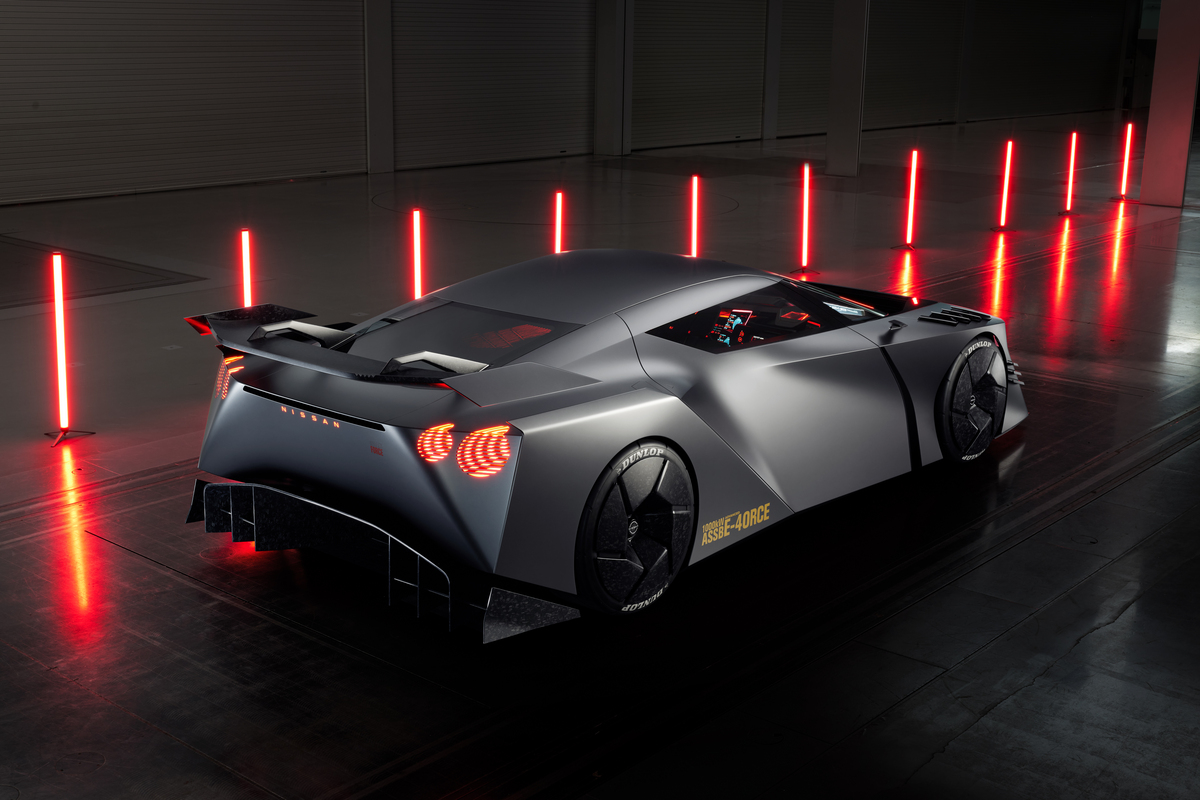Nissan announced overnight it had produced the final example of the R35 GT-R, a Premium edition T-Spec painted in Midnight Purple (despite media images showing a different colour), set to be delivered to a Japanese customer.
It ends one of the longest production runs of any car currently in showrooms, after Nissan launched the R35 GT-R in late 2007, just a few months after the first iPhone became available to the public.
After launching as a cut-price rival to the Porsche 911 Turbo and borrowing the name given to the fastest Nissan Skylines of the late 1980s to early 2000s, more than 48,000 GT-Rs have been sold, all built in Tochigi, Japan.

Throughout its production run, its powertrain remained unchanged, mating a twin-turbo 3.8-litre V6 engine to an all-wheel drive and a seven-speed dual-clutch automatic transmission, making Nissan one of the first brands outside of the Volkswagen family to adopt the technology.
Nissan would ultimately facelift the GT-R an unprecedented four times throughout its production run, though the most recent update in 2023 (MY24) never came to Australia.
The R35 GT-R was removed from sale at the end of October 2021, as it could no longer meet side-impact related Australian Design Rules. A total of 999 examples were sold in Australia, with its biggest year coming upon arrival in 2009 with 238 deliveries.
Nissan’s flagship model gained cult status in 2015, when its GT3 racing version won the Bathurst 12 Hour, the brand’s first time on the top step of Mount Panorama’s podium since the R32 Skyline GT-R won the 1992 Bathurst 1000.

Unfortunately Australia missed out on numerous final editions of the GT-R, such as the Skyline and Takumi Editions for the US market, and a last run of just 1500 examples for Japan.
While the final example of the R35 GT-R is now on its way to its new owner, Nissan isn’t expected to kill off the nameplate.
“We understand the expectations are high, the GT-R badge is not something that can be applied to just any vehicle; it is reserved for something truly special and the R35 set the bar high,” Nissan CEO Ivan Espinosa said.
“So, all I can ask is for your patience. While we don’t have a precise plan finalised today, the GT-R will evolve and reemerge in the future.”
Per previous reports, the R36 GT-R is expected to become a hybrid or even an electric vehicle, as it’ll need to comply with increasingly stringent emissions regulations.
At the 2023 Tokyo motor show, Nissan unveiled the Hyper Force concept, its design inspired by the Skyline Super Silhouette racers of the 1980s, but with a very modern 1000kW electric powertrain.
While subsequent reports from Japan claimed the R36 Nissan GT-R would feature solid-state batteries, a cooling in global demand for EVs has led to speculation that it’ll be a hybrid, rather than fully-electric.
On top of this, Nissan has been facing considerable financial losses in the recent past, and is trying to turn its fortunes around after a potential merger with Honda fell through.















Discussion about this post